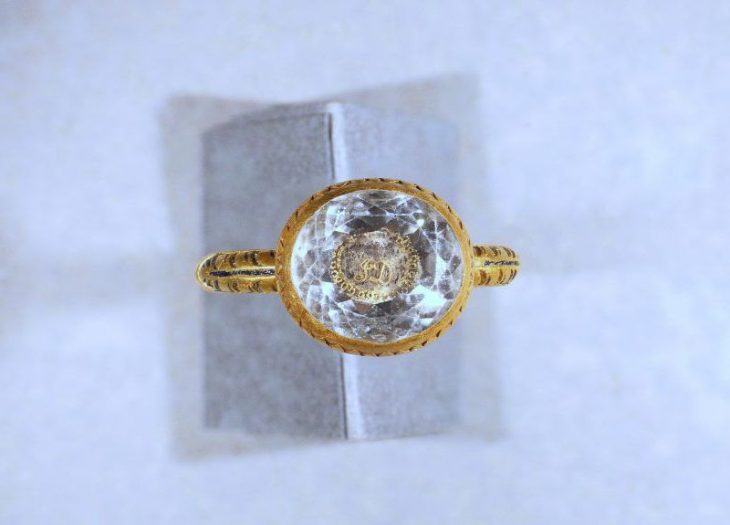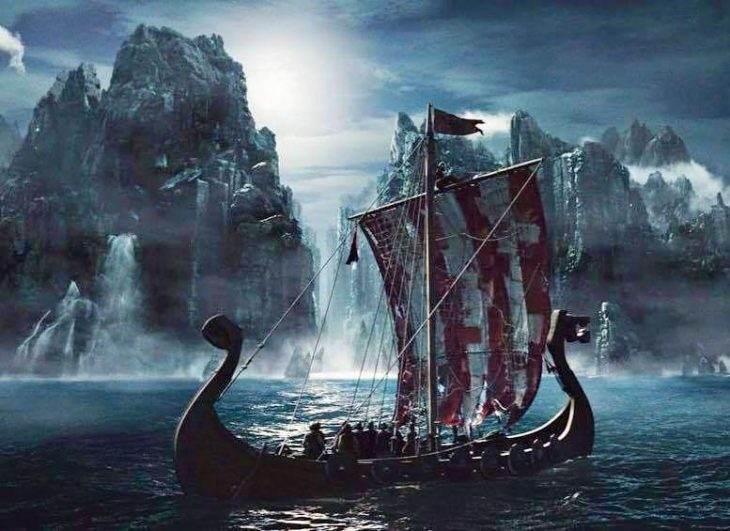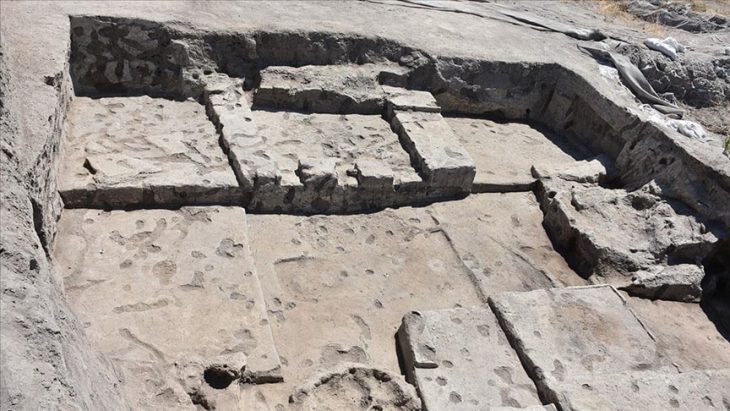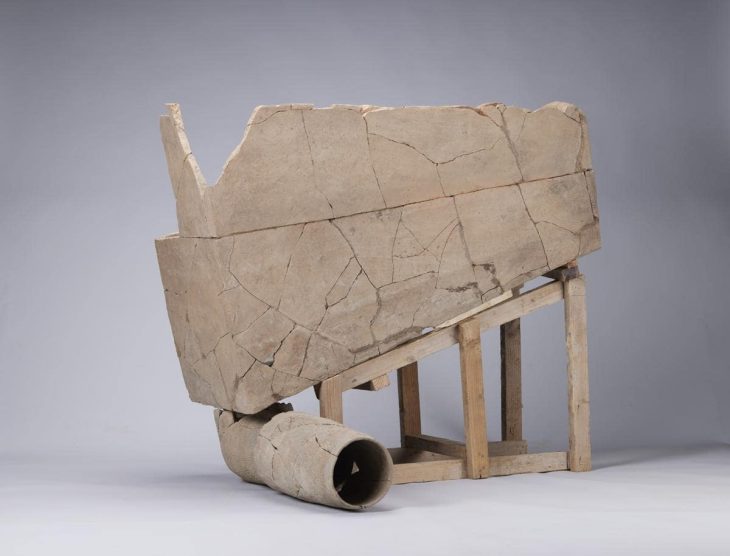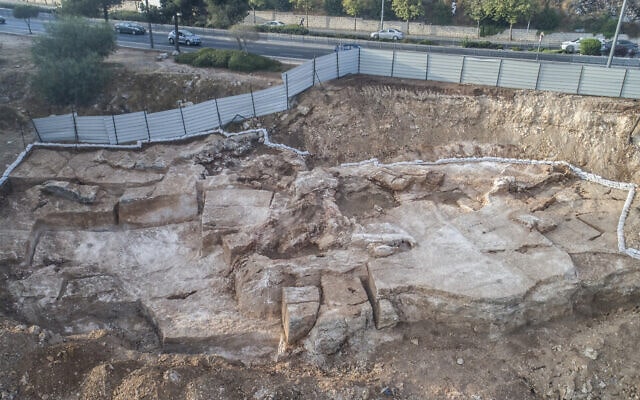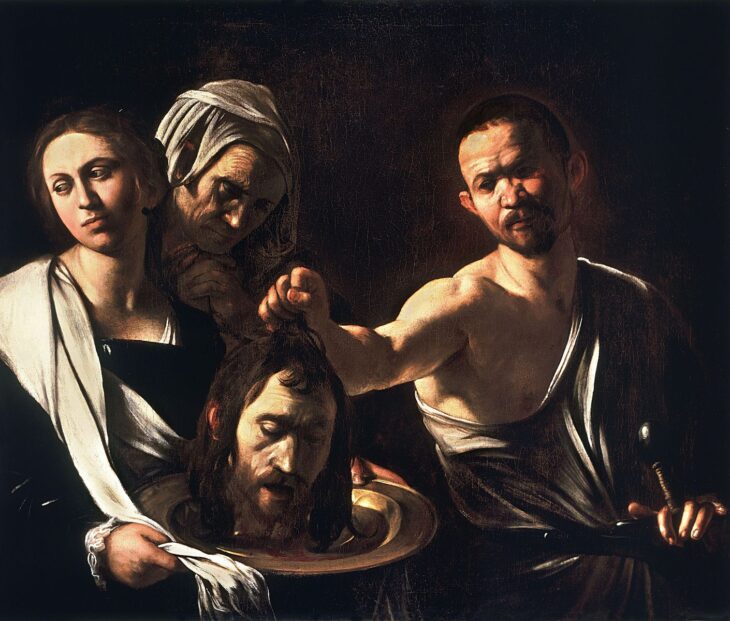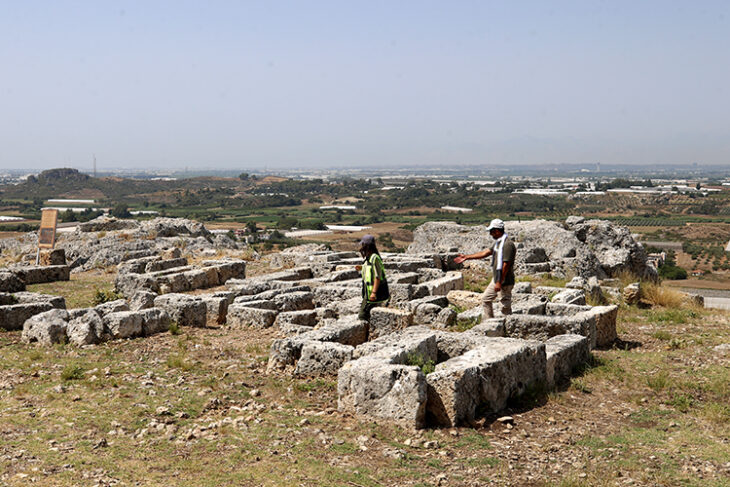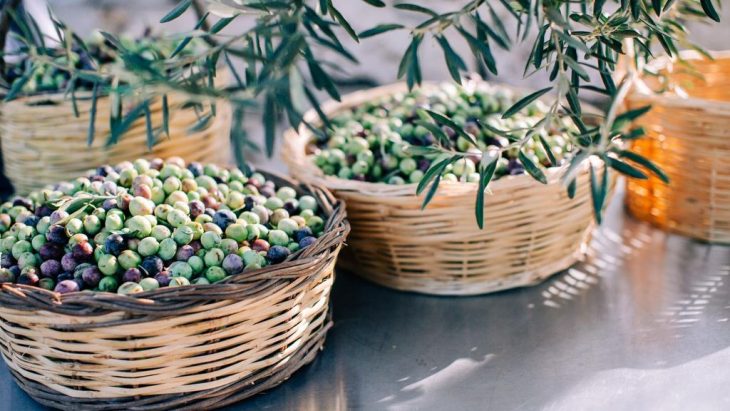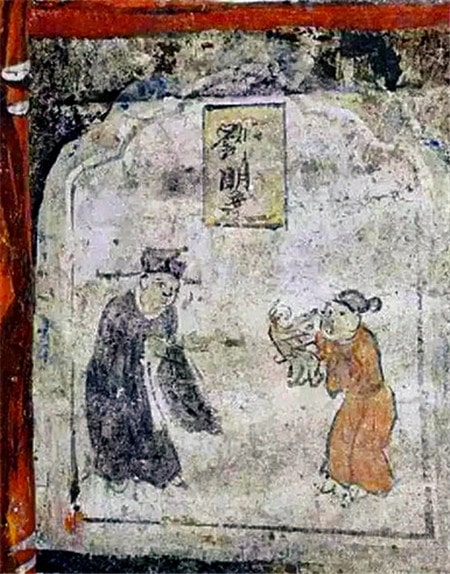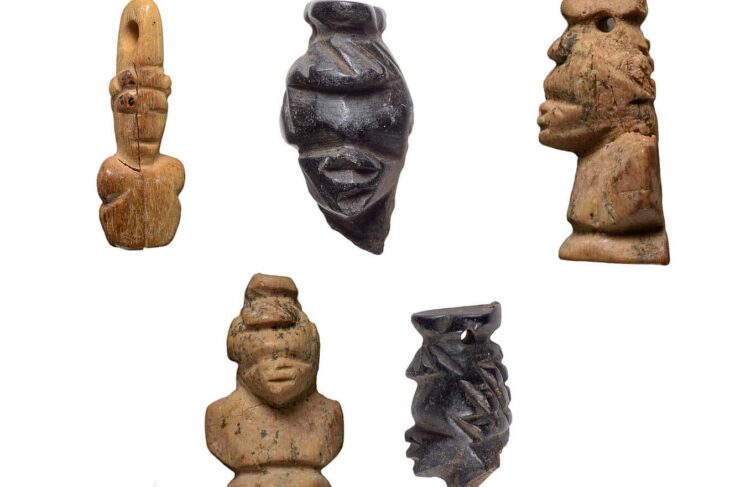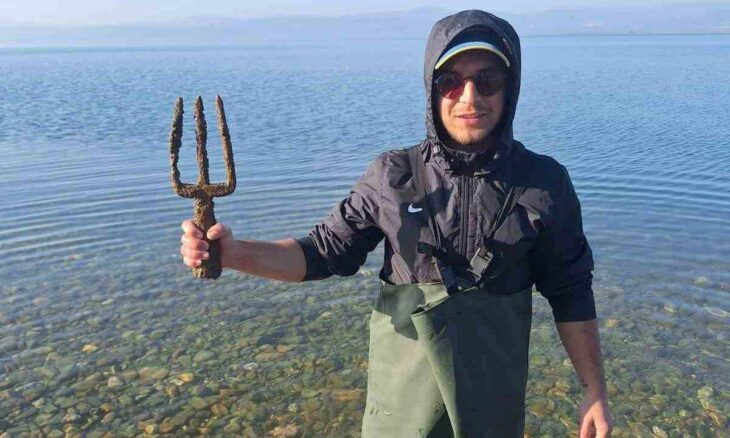Recent archaeological excavations at Girmeler Mound, located near the ancient Lycian city of Tlos in southwestern Türkiye, have not only unveiled significant evidence of human occupation dating back to the late 9th and 8th millennia BC but have also led to groundbreaking genetic studies that identify early Anatolian genetic markers.
These findings, supported by the Ministry of Culture and Tourism and Akdeniz University, reveal that the first settlement at Girmeler dates back 14,000 years, providing crucial insights into the genetic lineage of early agricultural communities in southwestern Anatolia.
Excavation work is being carried out in the area in Girmeler Quarter with the support of the Ministry of Culture and Tourism and Akdeniz University, under the chairmanship of Prof. Dr. Taner Korkut and the field responsibility of Prof. Dr. Burçin Erdoğu.
The investigations, conducted between 2011 and 2013 by the Tlos Excavation Project under the auspices of the Turkish General Directorate of Antiquities and Museums, revealed a complex settlement characterized by structures featuring lime-plastered floors, hearths, and storage bins. These findings suggest that the inhabitants were part of a sedentary community engaged in intensive hunting and gathering practices. Notably, the trial trenches uncovered a structure with at least two layers of lime-plastered flooring, indicating a long-term occupation.
In addition to the late 9th/early 8th millennium BC findings, the excavations also provided evidence of an Early Pottery Neolithic period at the end of the 8th millennium BC. Archaeologists discovered several buildings with terrazzo floors, hinting that Girmeler Cave may have served as a sacred site during this time. The presence of superimposed terrazzo floors and wattle-and-daub superstructures suggests that the community had developed advanced architectural techniques.
📣 Our WhatsApp channel is now LIVE! Stay up-to-date with the latest news and updates, just click here to follow us on WhatsApp and never miss a thing!!
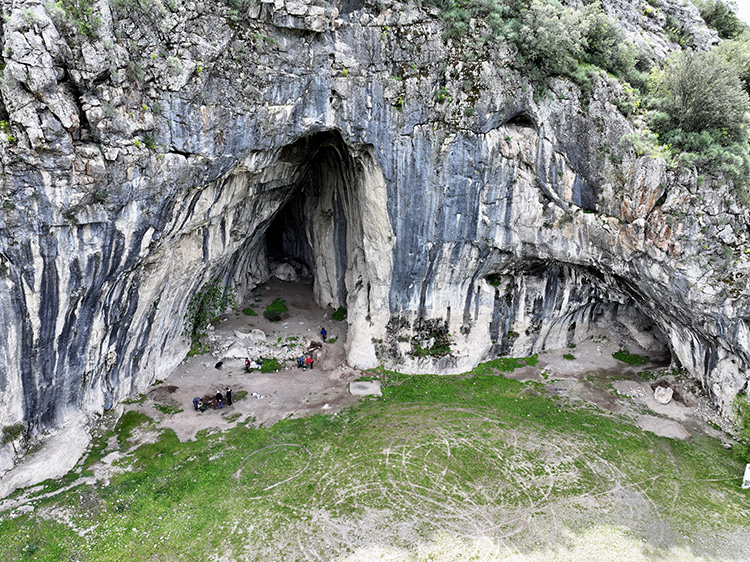
Recent findings indicate that people living in Girmeler during the 9th millennium BC resided in round, planned huts and were experimenting with agriculture for the first time. Despite being a hunter-gatherer society, they were also trying their hand at farming, marking a significant development as this is the first evidence of such practices in Western Anatolia. This challenges the long-held belief that migration waves from east to west led to the establishment of the first settlements around 7000 BC.
Erdoğu emphasized that the people of Girmeler are likely the ancestors of nearly all settled agricultural communities in Western Anatolia. The excavation has also uncovered graves belonging to the inhabitants, with the skeletons representing the oldest known remains in Western Anatolia. Ancient DNA studies conducted on these skeletons revealed early Anatolian genetic markers. The genes were found to be similar to those of the Pınarbaşı skeletons, known as “Anatolian genes,” dating back to around 17,000 BC.
Furthermore, Girmeler is significant for being one of the first sites to transition to ceramic and pottery production in Western Anatolia. The excavation has revealed three special buildings that appear to have been used for gatherings, ceremonies, and ritual activities. These structures, made with a terrazzo floor mixed with small stone fragments and decorated with geometric or linear patterns, indicate advanced architectural practices. One of these special buildings contained burials, marking a first in the archaeology of Western Anatolia.
The findings at Girmeler mound settlement challenge previous assumptions about the region’s pre-Neolithic and Neolithic periods, suggesting that early sedentism in southwestern Turkey developed along distinct paths compared to other areas, such as Central Anatolia and the Aegean islands. The absence of pottery in the earlier layers further emphasizes the unique characteristics of this settlement, which contrasts with contemporaneous sites known for their pottery production.
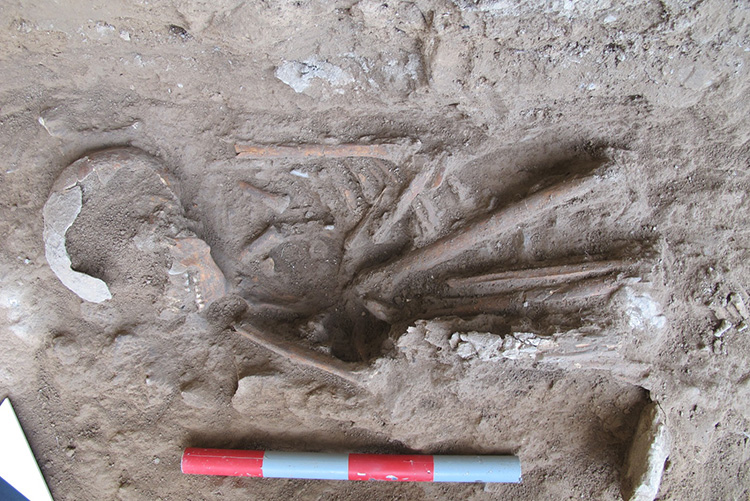
Moreover, the chipped stone tools discovered at the site, primarily made from flint, indicate a different technological approach compared to other regions. The lack of microliths and the dominance of flake-based technology suggest that the inhabitants of Girmeler Cave had their own distinct cultural practices.
As researchers continue to analyze the artifacts and structures uncovered at Girmeler Cave, the site promises to enhance our understanding of early human life in this part of Türkiye. The new data sheds light on the cultural and subsistence practices that shaped the region’s history, revealing a complex interplay between environment, technology, and social organization during a pivotal time in human development.
The ongoing study of Girmeler Mound may ultimately contribute to a broader understanding of the Neolithic transition in southwestern Anatolia and its implications for the development of sedentary societies.
Cover Image Credit: AA
Takaoğlu, T., Korkut, T., Erdoğu, B., & Işın, G. (2014). Archaeological evidence for 9th and 8th millennia BC at Girmeler Cave near Tlos in SW Turkey. Documenta Praehistorica, 41, 111-118. DOI:


